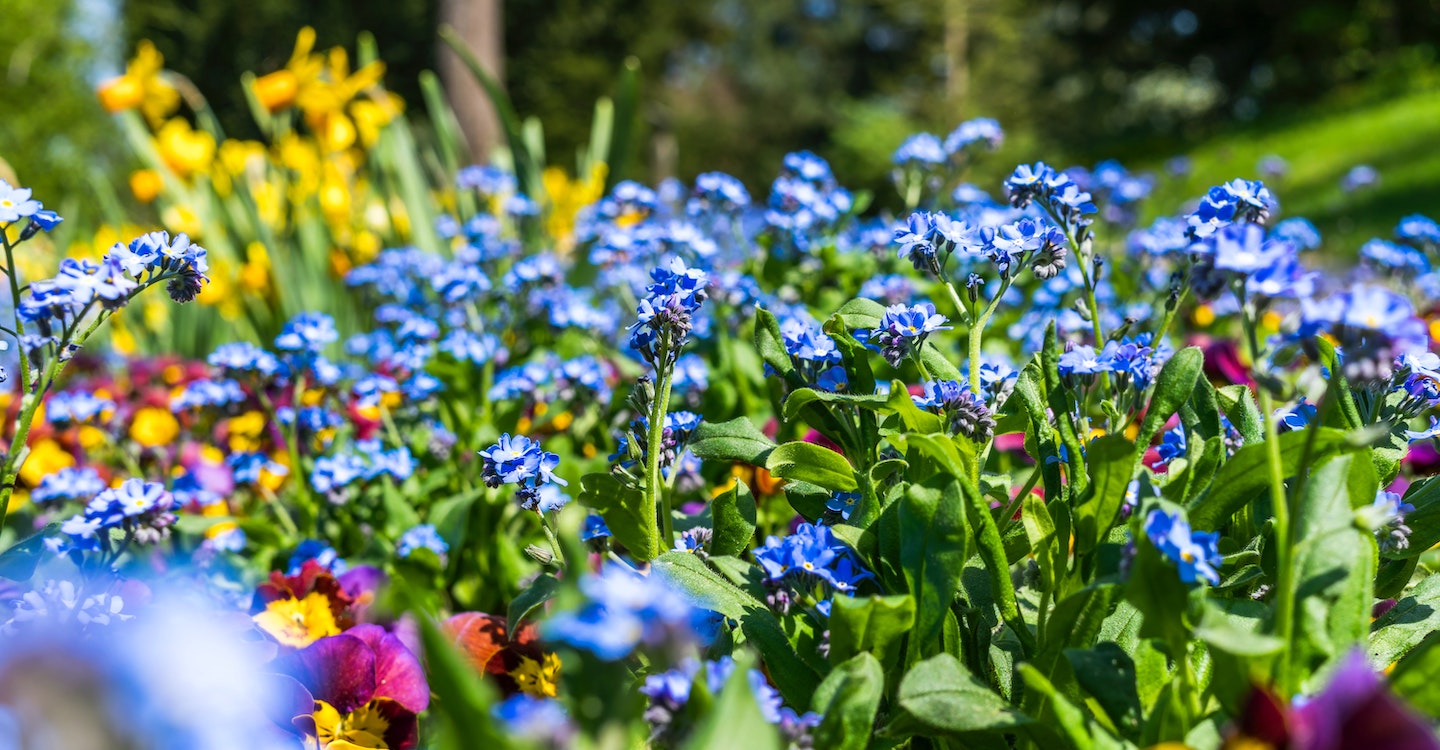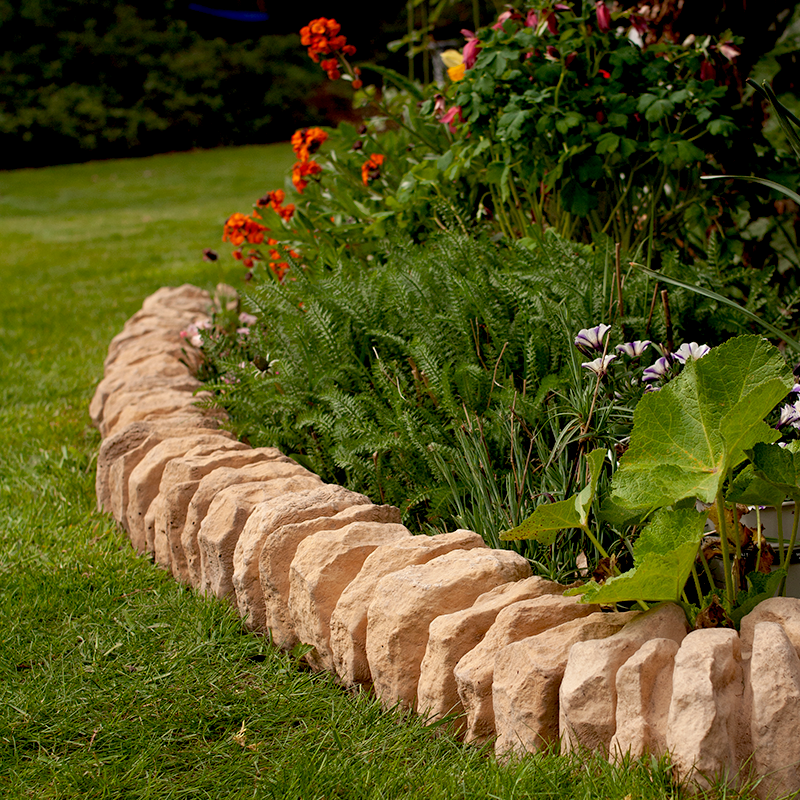Share
9 June 2023
How to Design and Plant a Flower Bed
A vibrant and blooming flower bed can transform your garden into a picturesque oasis by bordering lawsn or adding colour to patios. Designing and planting your own flower beds is a fulfilling and creative endeavour for DIY gardeners. In this DIY guide on How to Design and Plant a Flower Bed, we'll take you through the step-by-step process of creating stunning flower beds that burst with colour and bring joy to your outdoor space.
Planning Your Flower Bed
Before grabbing your gardening tools, take some time to plan your flower bed design. Consider the size, shape, and location of your bed. Take note of the amount of sunlight it receives and the soil conditions. Research different flower species and their specific requirements, such as height, color, and blooming season. This planning phase will help you create a well-coordinated and visually pleasing flower bed.
Preparing the Soil
Prepare the soil in your flower bed by removing any weeds, rocks, or debris. Loosen the soil with a garden fork or tiller, allowing for better drainage and root growth. Consider adding organic matter, like compost or well-rotted manure, to improve soil fertility. It's important to provide a nourishing environment for your flowers to thrive.
Selecting the Right Flowers
When choosing flowers for your bed, opt for a mix of annuals and perennials to ensure a continuous display of colour throughout the seasons. Select flowers that complement each other in terms of height, colour, and blooming time. Consider the overall theme or colour palette you desire for your flower bed. Some popular flower choices include petunias, marigolds, zinnias, cosmos, and daisies. Consult local garden centres or online resources to find the best flower varieties for your specific climate and region.
Designing and Planting
Start by arranging your chosen flowers in the desired pattern directly on the prepared soil. Experiment with different arrangements until you're satisfied with the design. Consider planting taller flowers at the back and shorter ones towards the front to create depth and visual interest. Dig holes for each plant, ensuring they are deep enough to accommodate the root ball. Place the plants in the holes, gently backfill them with soil, and firm the soil around them. Water thoroughly to help establish the plants.
Edging the Planter
For on-the-ground flower beds, a great way to keep them neat and tidy is by using edging around the borders. This will keep soil from paths or grass and also add an added touch of colour and interest throughout the seasons. We stock a huge range of traditional, contemporary and timeless edging in a range of colours and patterns to suit any taste or design.
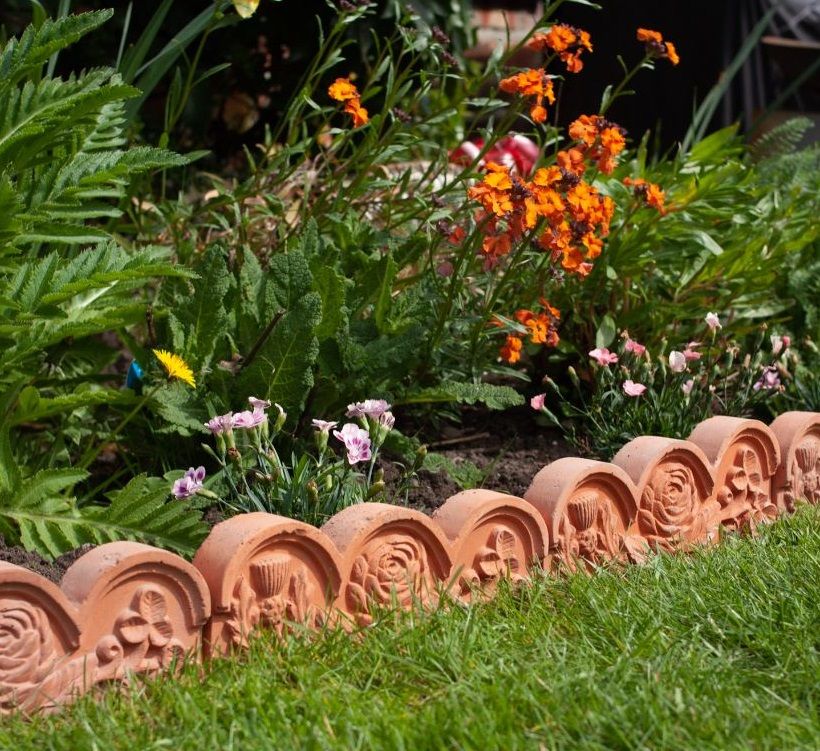
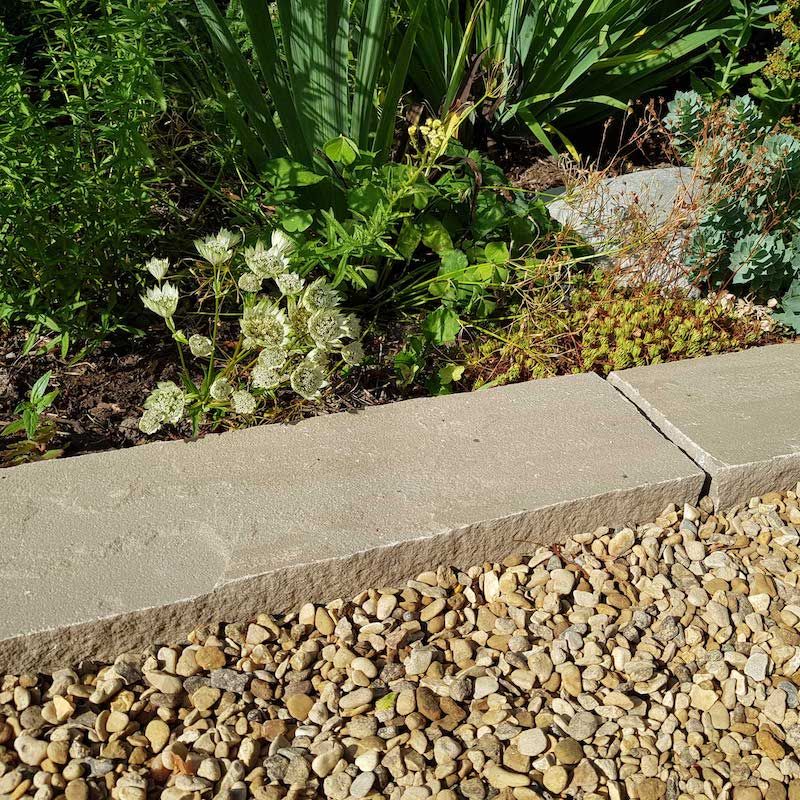
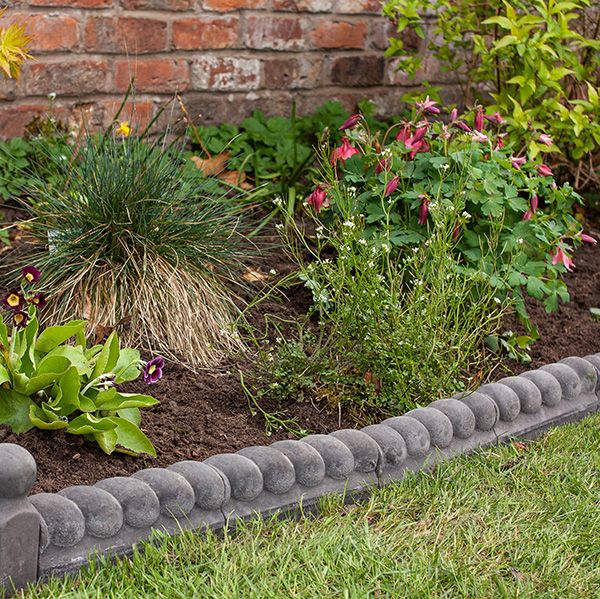
Care and Maintenance
Regular care is crucial for maintaining healthy and vibrant flower beds. Water your flowers as needed, keeping in mind their specific watering requirements. Apply mulch around the base of the plants to help conserve moisture, suppress weeds, and provide insulation. Monitor for pests and diseases, addressing any issues promptly. Deadhead spent flowers to encourage new blooms and remove any diseased or damaged foliage. Fertilize your flower beds periodically with a balanced flower fertilizer to promote healthy growth and blooming.
Designing and planting stunning flower beds is an exciting and rewarding endeavour that allows you to infuse your garden with colour and beauty. With proper planning, soil preparation, thoughtful plant selection, and ongoing care, you'll create an enchanting oasis that brings joy and visual delight to your outdoor space throughout the seasons. So, let your creativity bloom and get started on your own vibrant flower beds today using our How to Design and Plant a Flower Bed guide.

